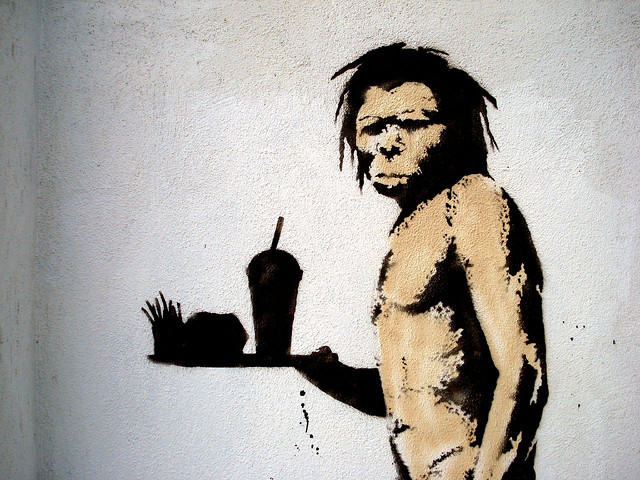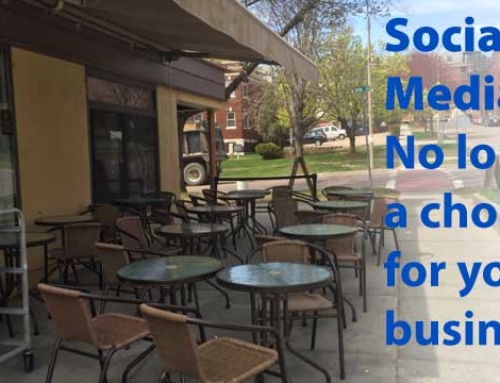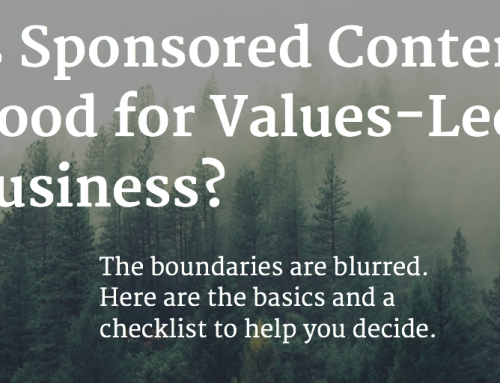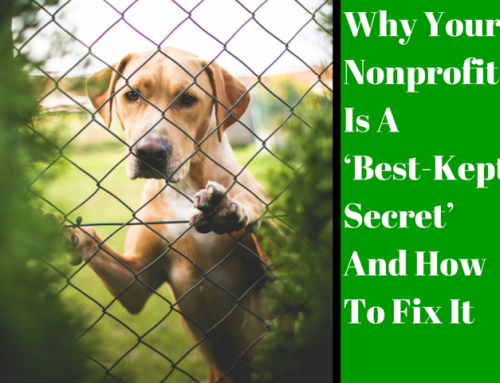Banksy is a street artist and international man of mystery. He is a worldwide phenomenon, yet no one has ever seen his face. But for a few instances, he doesn’t do gallery shows or commercial pieces. His art is often thought-provoking, humorous and as graffiti art, usually illegal. He is in high demand around the world. The elusive artist has sold some pieces for over $1 million.
 Perception of Value
Perception of Value
A few weeks ago, his latest stunt stunned the art world and art lovers everywhere. He set up a table in Manhattan and sold original pieces for $60 each! He had an older gentleman work the table and speak with prospective buyers. It took almost 3 hours to sell the first piece. http://www.banksyny.com/2013/10/13/central-park
In a further twist, a street artist not-affiliated with Banksy in any way, set up a similar stall a week later and sold out (including the sign that read, “Not Banksy”) in under one hour. http://designtaxi.com/news/361572/Fake-Banksy-Stand-Sells-Out-In-Under-An-Hour.
Needless to say, he’s messing with us–and it’s fun! But it begs the question, how do we define “value?”
Marketing and Perceived Value
In marketing, we talk a lot about perceived value. Sometimes it has nothing to do with price but more with how a product and/or service can satisfy the customers’ needs/desires. As marketers, we work hard to understand the consumer’s point of view. Once we have a handle on their needs, it’s our job – through marketing, PR and advertising—to communicate the value of a product and/or service.
Determining the value of art gives us an exaggerated example of perceived value. How do you put a price on an entirely subjective creation? A Jackson Pollack piece brings big bucks (like, millions of bucks). My father-in-law, however, thinks it’s splatters of paint on a canvas and not particularly interesting. When it comes to cost, things are only worth what people are willing to pay. This tells me that when communicating the value of your product/service, we should be sure we’re talking to right audience. If your product or service doesn’t meet the needs of a particular audience, no amount of PR and advertising will get them to buy it. Banksy makes a great example. No one even stopped to look at his art when it was being sold for $60 on the street. It wasn’t the right venue and it wasn’t the right audience.
Customer Experience and Value
Creating an exceptional customer experience is an important factor in building customer value. Building a brand that continues to exceed the customer experience will in turn create repeat customers and build loyal followers. This enables businesses to sell on brand not pricing. I wonder if I would have stopped by the street vendor selling Bansky originals or if I would have kept walking thinking, “those look a lot like Banksy.”
photo: Banksy, by Lord Jim via flickr








Good article. The Banksy experience throughout NYC was amazing. People were talking about and tracking his works every day for a month. (I’ve sen about 6 of them.) then there was the mayor, who called the work vandalism and instructed police to remove it wherever possible.
Perhaps the new mayor will be better on this subject…..